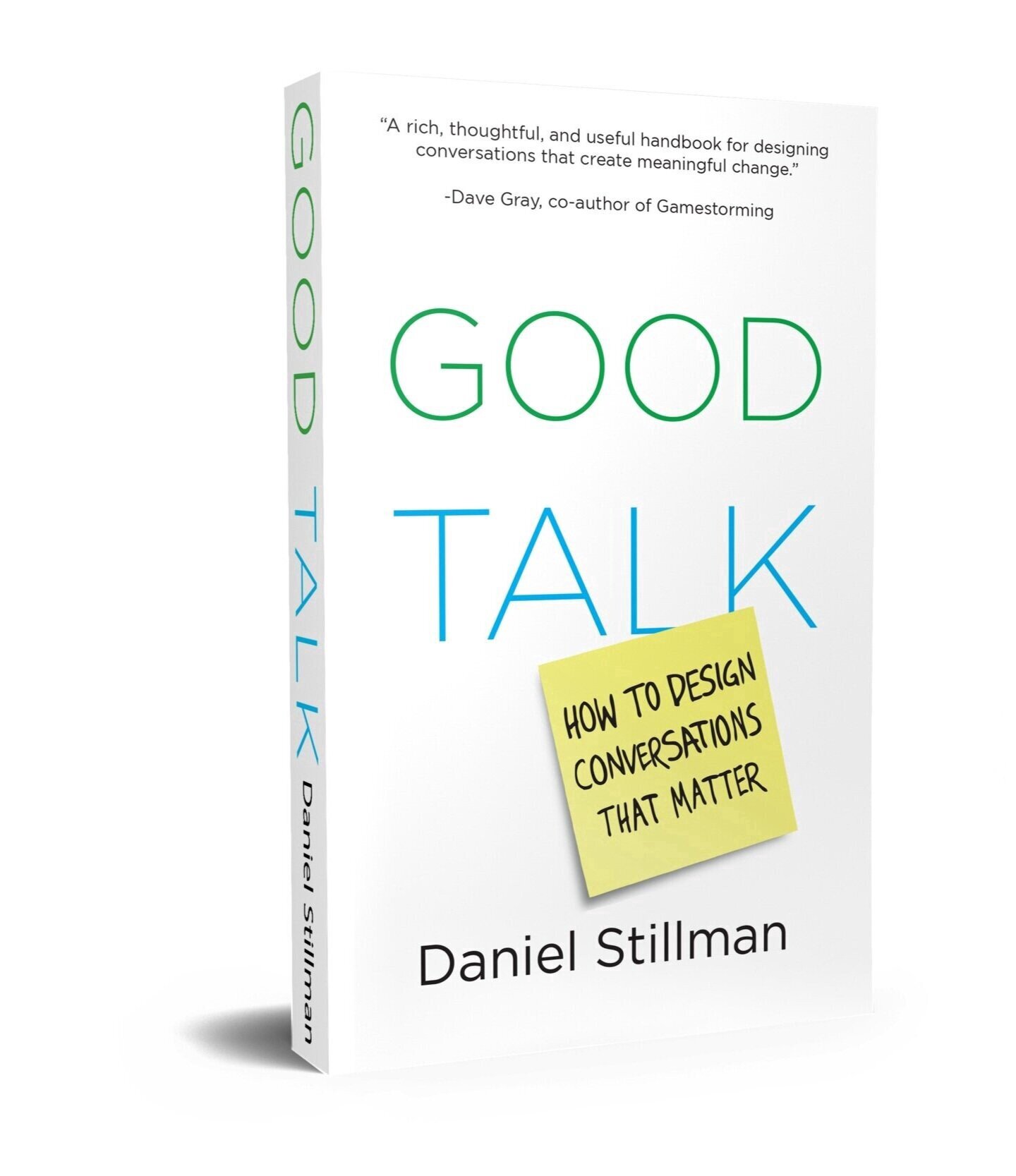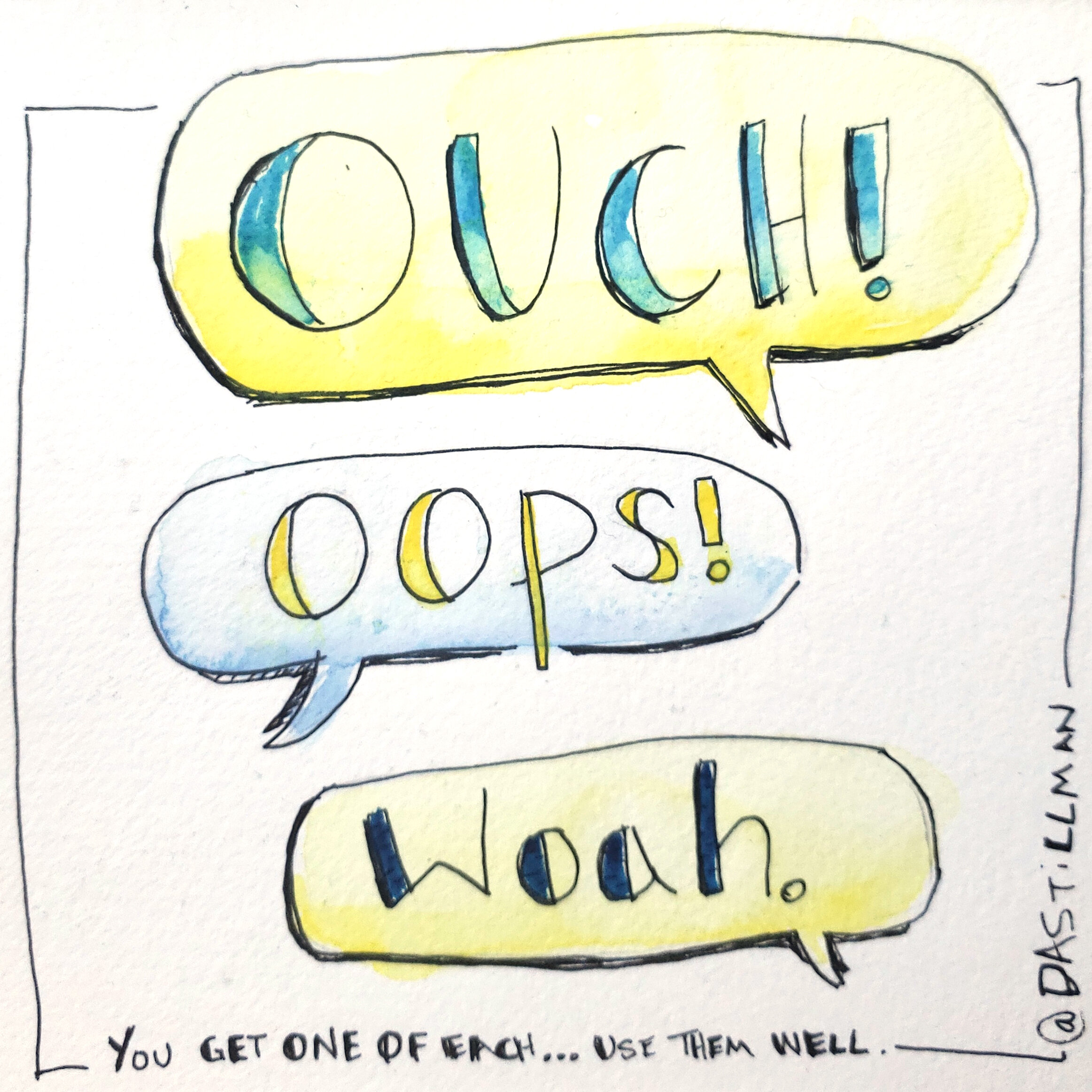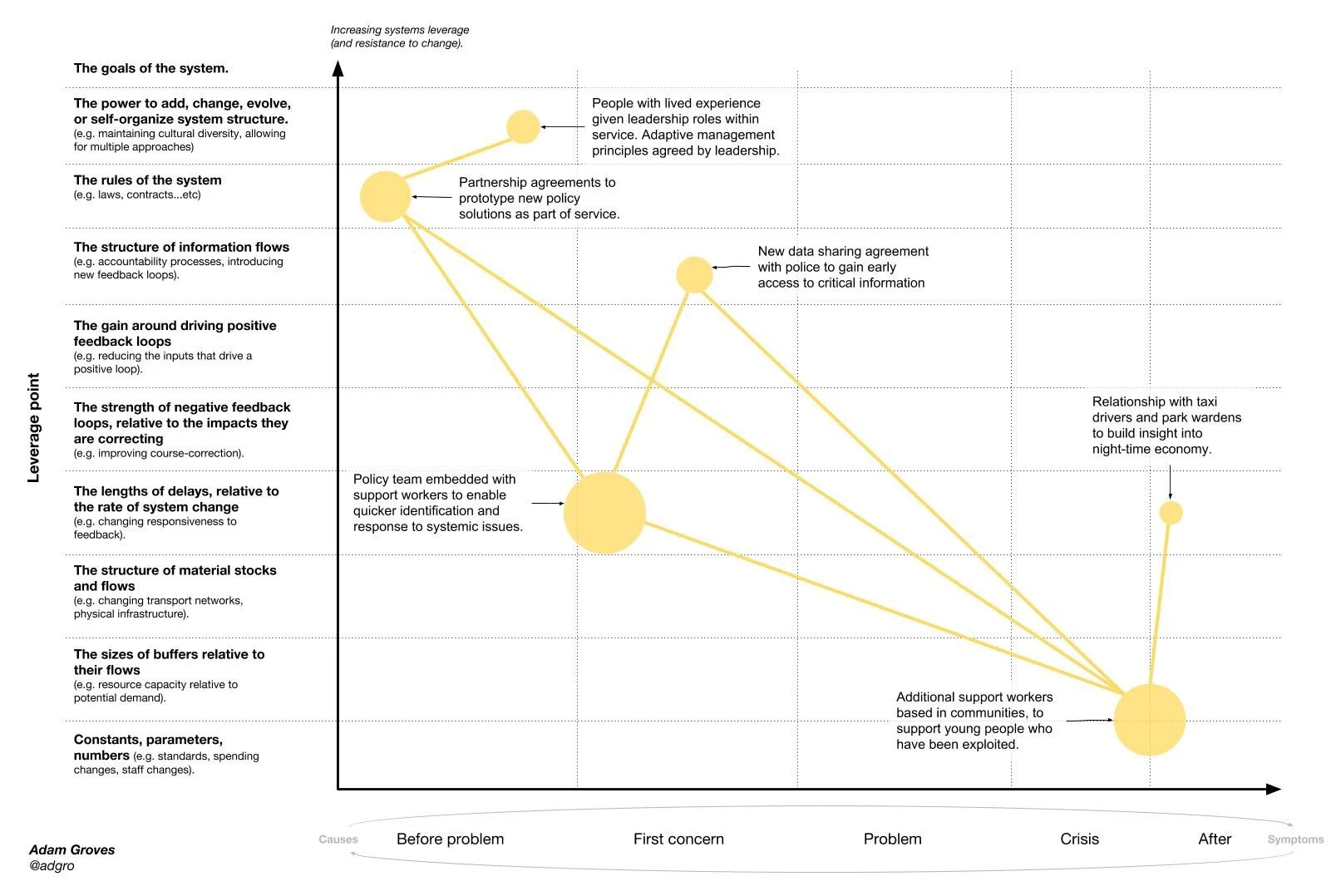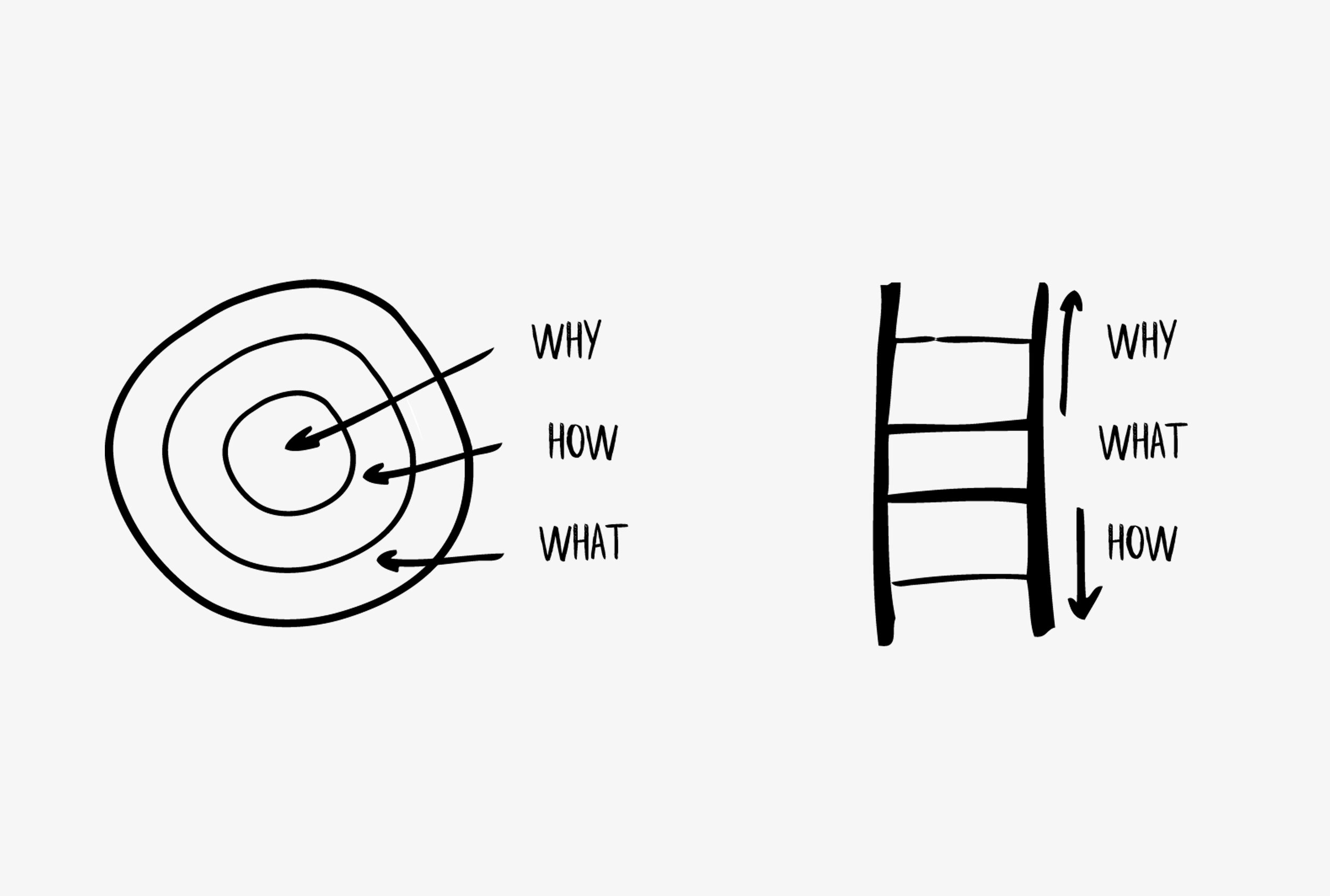You might have heard this classic, apocryphal story about Picasso, five minutes, and a priceless napkin:
Picasso was having a drink in a restaurant — probably a traditional French pavement café.
He doodled on his napkin as he drank his aperitif.
The admirer recognized his doodles and his face and exclaimed “Oh my goodness, are you the famous Pablo Picasso?”
The painter nodded nonchalantly.
The admirer looked at his napkin and asked if they might have it.
The artist was happy to oblige and handed over the napkin…but asked a considerable amount of money in exchange.
The admirer was horrified, “But that took you less than five minutes!” they exclaimed.
Picasso leaned over, carefully took the napkin back and said:
“No, that took me a lifetime.”
A few weeks ago I sat down with one of my coaching clients who shared a similar story with me: The story of a conversation they had that was worth nearly a million dollars a minute. Or so.
For the sake of this story, let’s call my client Picasso.
Picasso is leading an innovation accelerator that needs sponsorship from their larger organization to run…that means people attached to real projects and problems and resources to run experiments on those problems. Picasso landed an hour-long meeting with a powerful person at their company, (let’s call them Q) who owned 90% of their company’s business.
Picasso and I are on a retainer, which means, some months we talk more than other months. We’re not on a clock.
So Picasso asked me to help with a quick call to go over their slides and prompts for their conversation with Q. We scheduled 30 minutes and wound up 2 hours deep in designing a powerful conversation to help Picasso win the projects their accelerator needed.
At the end of our two hours, we were both pretty excited about the slides, the arc of the conversation…the plan was tight!
Frankly, I was elated, and so was Picasso.
And then…
The meeting was a bust.
Q was in a funk. They weren’t focused. Zoom burnout, perhaps?
No commitments or alignment came out of the conversation.
The next week, Picasso got a another meeting with X…an executive who owned the other 10% of the business.
But instead of an hour, Picasso only had 15 minutes!
Picasso ditched the slides and spoke directly from their core, but with the slides and the conversation arc we’d designed in their mind’s eye.
Ten minutes into the conversation, X was hooked.
“I have about 11 Million slated for future horizon thinking and a few projects that I think would be perfect for your process. I’m sold.”
How much was Picasso’s “napkin sketch” worth?
The 2 hours we spent to create an hour’s meeting that became a 15 minute conversation that was worth millions to the accelerator.
These two opportunities could result in 2 projects for the accelerator that could create billions of value for their company.
Was Picasso’s conversation with X worth millions? Or billions? If we wanted to calculate a Millions/minute rate, should we divide by the 15 minutes the conversation with X took or should we tack on the 1 hour of conversation with Q, since it proved to be a very helpful rehearsal? Or should we add on the 2 hours of conversation with me?
…
And so…how much is powerful coaching worth?
How should Picasso think about their investment in working with me!?
Since I’m on a retainer, I don’t count the conversation Picasso and I had to prep for the conversation with Q as “extra”… I’m invested in Picasso becoming the best Picasso they can be and coaching them as much as is required for them to achieve their dreams.
But I can surely say that the 2 hours we spent together didn’t go to waste (even though it felt that way after the meeting with Q)
I think that we can safely say that the value of a powerful conversation is…incalculable.
My most recent podcast conversation is a special one…me, coaching someone live, on how they want to evolve their thought leadership. Sharing it with you all feels edgy and vulnerable, so I hope you enjoy it.

































